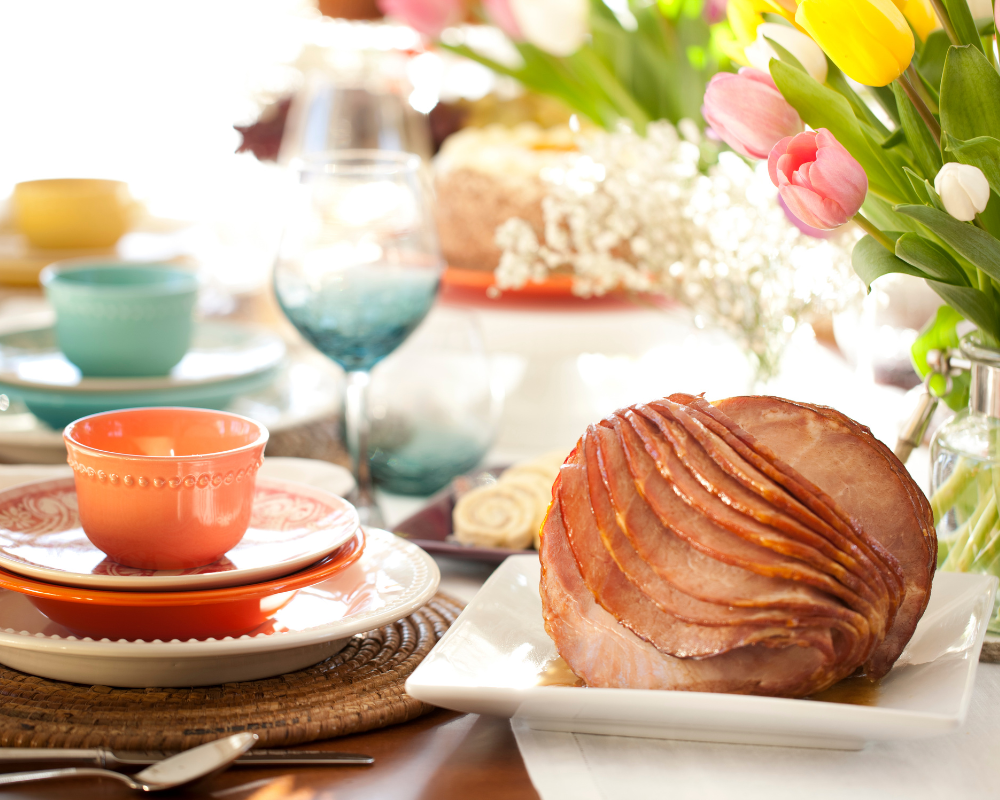Stopping To Smell The Roses In A Vineyard?
We have a variety of celebrities that reside here at the Kendall-Jackson Estate. How about meeting Henry Ford, Ingrid Bergman or Bing Crosby? We have World leaders, like John F. Kennedy and Abraham Lincoln. Julia Child is here too. The Kendall-Jackson Wine Center even has royalty on premise all year with Queen Elizabeth just a few steps away.
I’m talking, of course, about roses. In addition to our culinary garden, show vineyard and expansive grounds, we have a variety roses on-premise that flourish from now until October, and they might not all be here for just aesthetic reasons.
If the various famous names are any clue, roses are an enormously varied group of plants. They are vigorous, thriving on minimal maintenance, and tend to be extremely hardy and disease-resistant. In doing a little background check on roses, I discovered that roses are the species of the genus Rosa and are found growing naturally throughout the Northern Hemisphere. It should be noted, however, that there is variability within species.
So what does this have to do with wine?
Well, some vineyard owners plant roses at the ends of the vineyard rows. Of course there is a reason beyond just beauty. Some people speculate that roses are used to attract bees and other insects to help pollinate the grapes. In fact, most grapes are self-fruitful and have self-pollinating flowers that do not require pollinizers.
There is evidence that roses have been used as an early warning system for vineyard managers, similar to a canary in a coal mine. Roses and grapevines are both highly susceptible to powdery mildew, but roses are even more susceptible than grapevines. If a rose shows signs of being infected by mildew or mold, chances are good the vineyard hasn’t been affected yet. The vineyard manager then has enough time to counteract the spores and protect the vineyard from being infected.
Last but not least, I was told by an old-timer that roses planted at the ends of the rows prevented the horses that plowed between the vines from turning too quickly and taking out the last vine of the row. The thorny roses kept the horse on a wider path, which kept the horses from cutting corners and knocking over the vines. It makes sense to me, what’d you think?
Can’t get enough about roses? Check out our Flickr Set to see more pictures of our roses at the Kendall-Jackson Wine Center.



